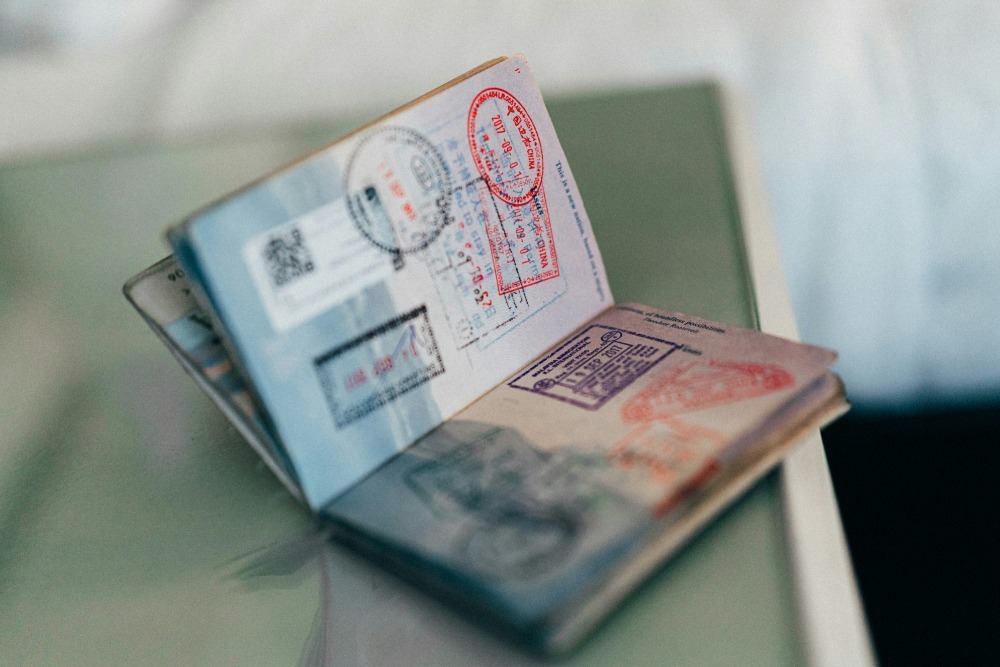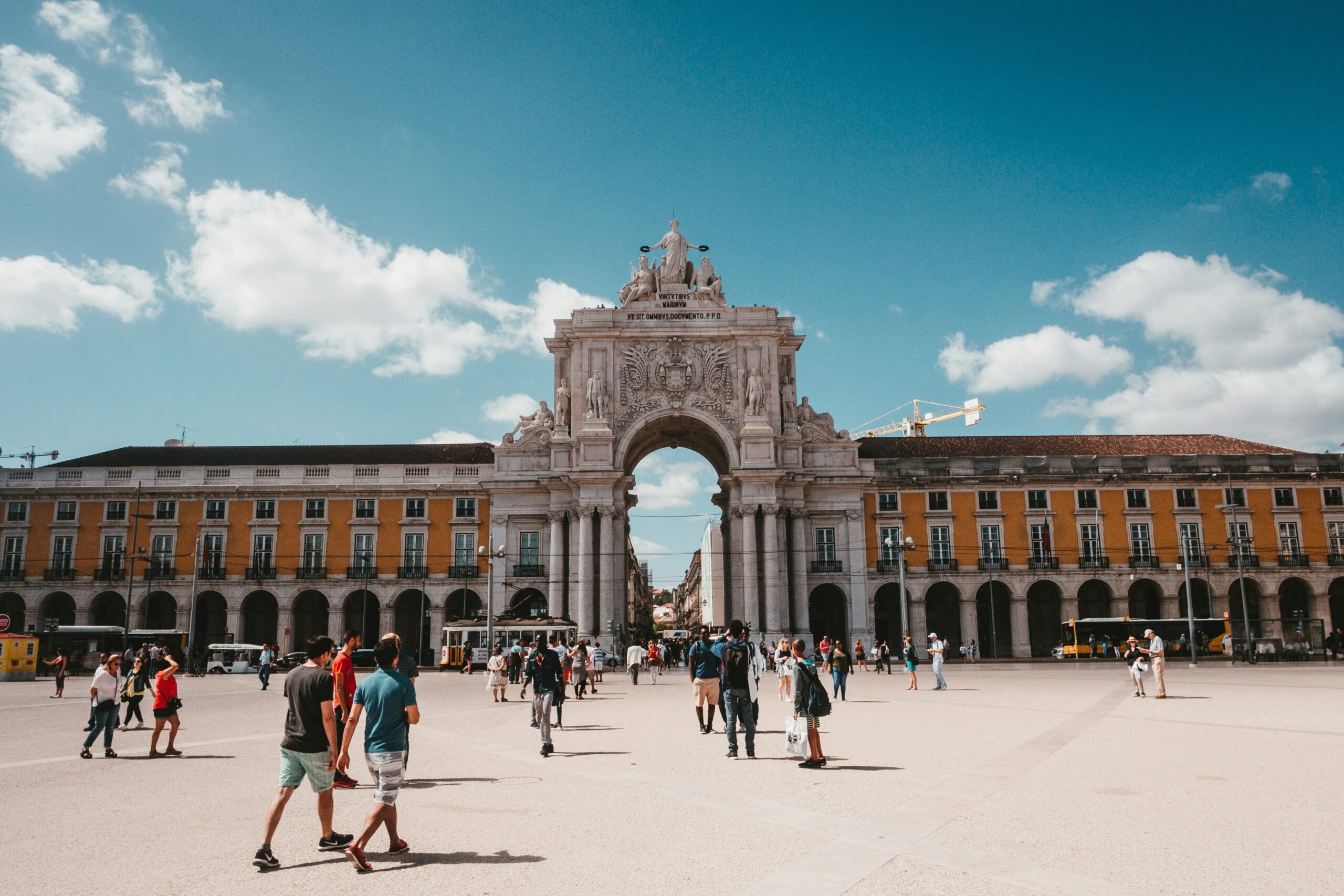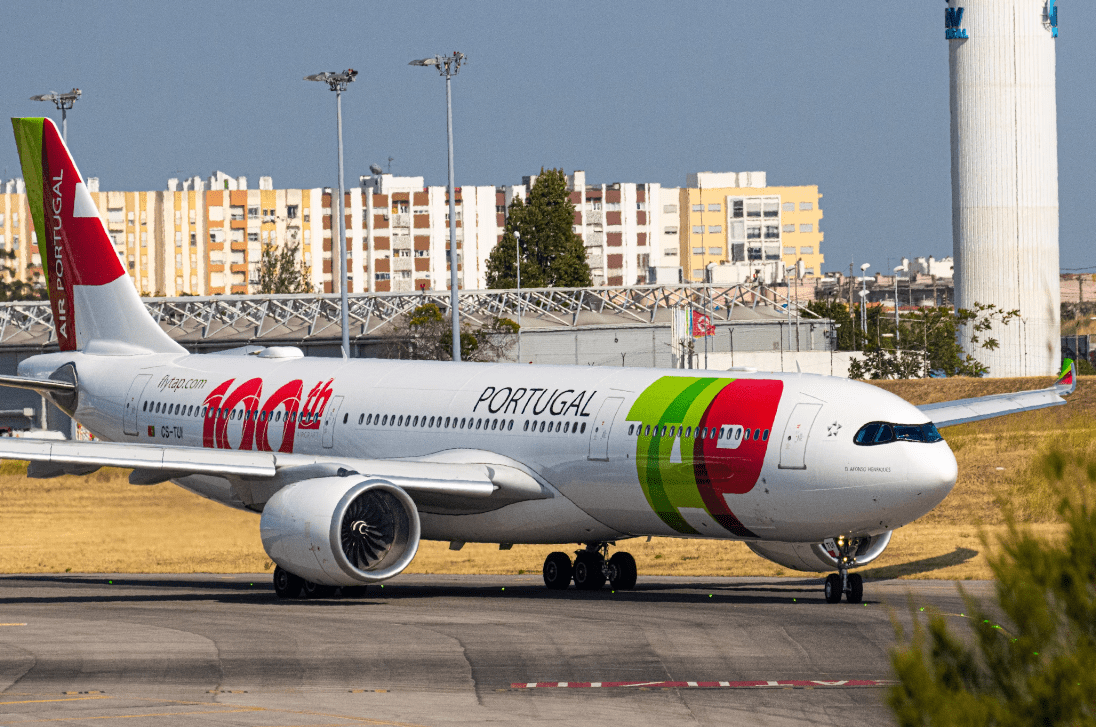Destination
About Portugal
Portugal is a country situated in Southwestern Europe, bordered to the west and south by the Atlantic Ocean and to the east and north by Spain. Portugal’s total area is 92,090 square kilometers, with a population density estimated to be 112 people per square kilometer.
Portugal, known for its rich maritime history, is not landlocked and boasts a long Atlantic coastline with diverse landscapes that include rolling plains, mountainous regions, and extensive beaches. Situated on the Iberian Peninsula, Portugal lies approximately 2,700 miles southwest of the British Isles and 5,200 miles west of the eastern coast of the United States. The altitude ranges from sea level to 1,993 meters at Mount Pico, the highest peak in the Azores.
Portugal experiences a Mediterranean climate with two main seasons: a hot, dry summer from June to September and a mild, rainy winter from November to March, with an average rainfall of 50-150 mm per month. The average temperature ranges from 10 to 28ºC, with the hottest months being July and August.
- Official Name: Portuguese Republic
- Capital City: Lisbon
- Currency: Euro (EUR)
- Time Zone: UTC +1 (WEST)
- Oficial Languages: Portuguese, Mirandese
- Population: approx. 10,5 million
About Lisbon
Lisbon, the capital city of Portugal, is located at the country’s western coast along the Atlantic Ocean. Covering an area of approximately 100 square kilometers, the city is situated at latitude 38°42’ N and longitude 9°08’ W. Lisbon enjoys a Mediterranean climate, with an average annual high temperature of 21°C and an average annual low temperature of 13°C. The city receives an average annual precipitation rate of about 774 millimeters.
Lisbon is one of the most visited cities in Portugal, attracting tourists with its historical sites, cultural attractions, and a bustling nightlife. The city is also home to the Lisbon Portela Airport, located just 7 kilometers from the city center. Getting around Lisbon is convenient, with various public transportation options including trams, buses, and the metro. Taxis are also widely available and can be easily recognized by their black and green color.

Passports and Visas
Citizens of the European Union, Andorra, Iceland, Liechtenstein, Norway and Switzerland only need their identity documents to enter Portugal.
Minors, in addition to their identity document, must present parental authorisation to travel.
For countries that are exempt from visa requirements to enter the Schengen Area, for stays that do not exceed 90 days, a passport valid for a period of more than three months after the end of the stay is required.
In accordance with the Convention implementing the Schengen Agreement, passengers travelling to or from another Schengen State do not need a new visa as this is considered to be an internal flight.
Citizens from other States need a visa to enter Portugal, which may be requested from the Portuguese Consulate or Embassy in the respective country, for stays of up to 90 days.
Further information at:
- Visas – https://vistos.mne.gov.pt
- Consular Network – https://portaldascomunidades.mne.gov.pt/pt/rede-consular
- Agência para a Integração, MIgrações e Asilo – https://aima.gov.pt/

People & Culture
Portugal has an estimated population of around 10.3 million people, with Lisbon being the most populous city. The median age in Portugal is approximately 46 years old, reflecting an older demographic compared to some other countries. Portuguese is the official language, with English and French also commonly spoken, especially in tourist areas.
The Portuguese culture is deeply influenced by the country’s history, music, and traditions. Fado music, known for its expressive and melancholic character, is an integral part of Portuguese cultural heritage. Portuguese cuisine, famous for its seafood and pastries like pastéis de nata, is celebrated worldwide.
Lisbon, with its blend of traditional and modern influences, offers a vibrant cultural scene with numerous festivals, museums, and theatres. The city’s architecture showcases a mix of Gothic, Manueline, Baroque, and modern styles, reflecting its rich historical and cultural evolution.

Getting to Lisbon
There are many ways to get to Lisbon and all of them are easy to use. With the airport just a few minutes from the centre of the city, stations with international rail links and various ports for cruise ships, there are many options for getting to the capital of Portugal. If you prefer to come by car, there are excellent roads from various points north and south along the border with Spain.
Air
Land at the Lisbon international airport which is just a mere 7 km from the centre of the city. Served by the main international airlines and just 3 hours away from the main European capitals, it is very easy to reach.
Train
It is just as easy to reach the centre of the city. National and international trains arrive every day at Santa Apolónia station, which is very close to all the traditional neighbourhoods and Terreiro do Paço. But if you would like to add a unique architectural experience to your arrival, get off at Gare do Oriente, whose Calatrava-designed lines impress even those who see it every day.
Sea
Those arriving by sea have one of the best views of Lisbon – from the river – and can moor in 3 different places, all near the centre. If you come by cruise ship, you can dock at Alcântara, Rocha Conde de Óbidos or Santa Apolónia. If you arrive by yacht, there are several marinas as you sail up the river.
Car
The best ways to enter Lisbon are via the A1 and A2, which both have national and international connections along their course. The landscape is beautiful and mobility around the region compensates for the long hours of driving. After all, there is more to Lisbon than just the city.

Language
Portugal’s official language is Portuguese. Derived from Latin roots, Portuguese is the third most spoken European language in the world, with around 250 million speakers.
Electric Voltage
230 / 400 volts, on a 50-hertz frequency. The electric sockets adhere to European standards. Blade plugs (US standard) must be used in conjunction with a 230 volts transformer, as well as an adaptor.
Language
Portugal’s official language is Portuguese. Derived from Latin roots, Portuguese is the third most spoken European language in the world, with around 250 million speakers.
Electric Voltage
230 / 400 volts, on a 50-hertz frequency. The electric sockets adhere to European standards. Blade plugs (US standard) must be used in conjunction with a 230 volts transformer, as well as an adaptor.
Weather
In Lisboa winters are mild and summers hot, though moderated by its location near the sea. During spring and autumn, there are usually sunny days with mild temperatures.
Local Currency
The euro is Portugal’s official currency.
Public transport
Metro
Every day from 06:30 am to 01:00 am. More info
Trains
Every day from 05:00 am to 01:00 am. More info
Buses
Every day from 05:30 am to 12:30 am. Night service from 12:30 am to 05:30 am. More info
More information can be found at Visit Lisbon.

